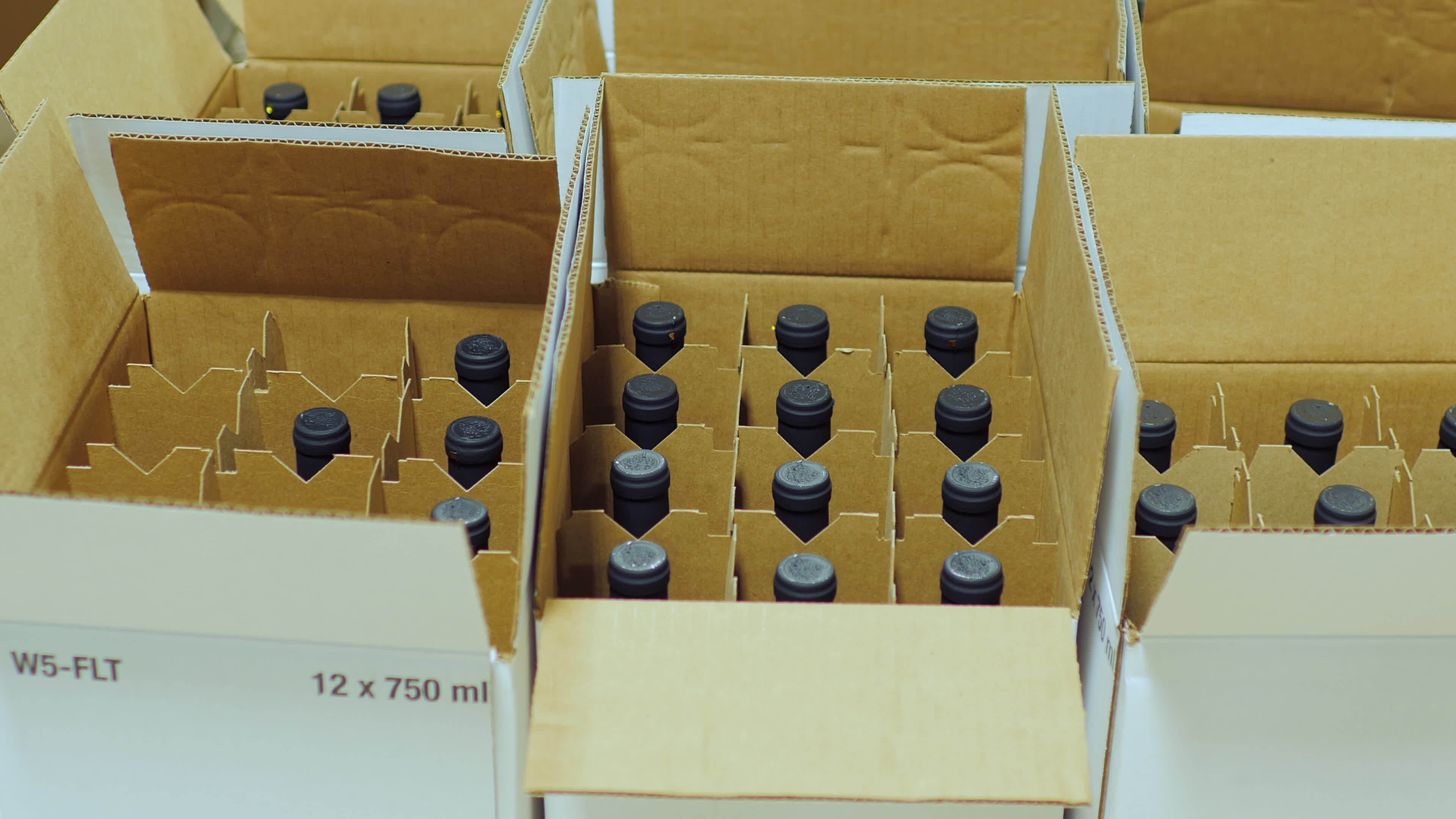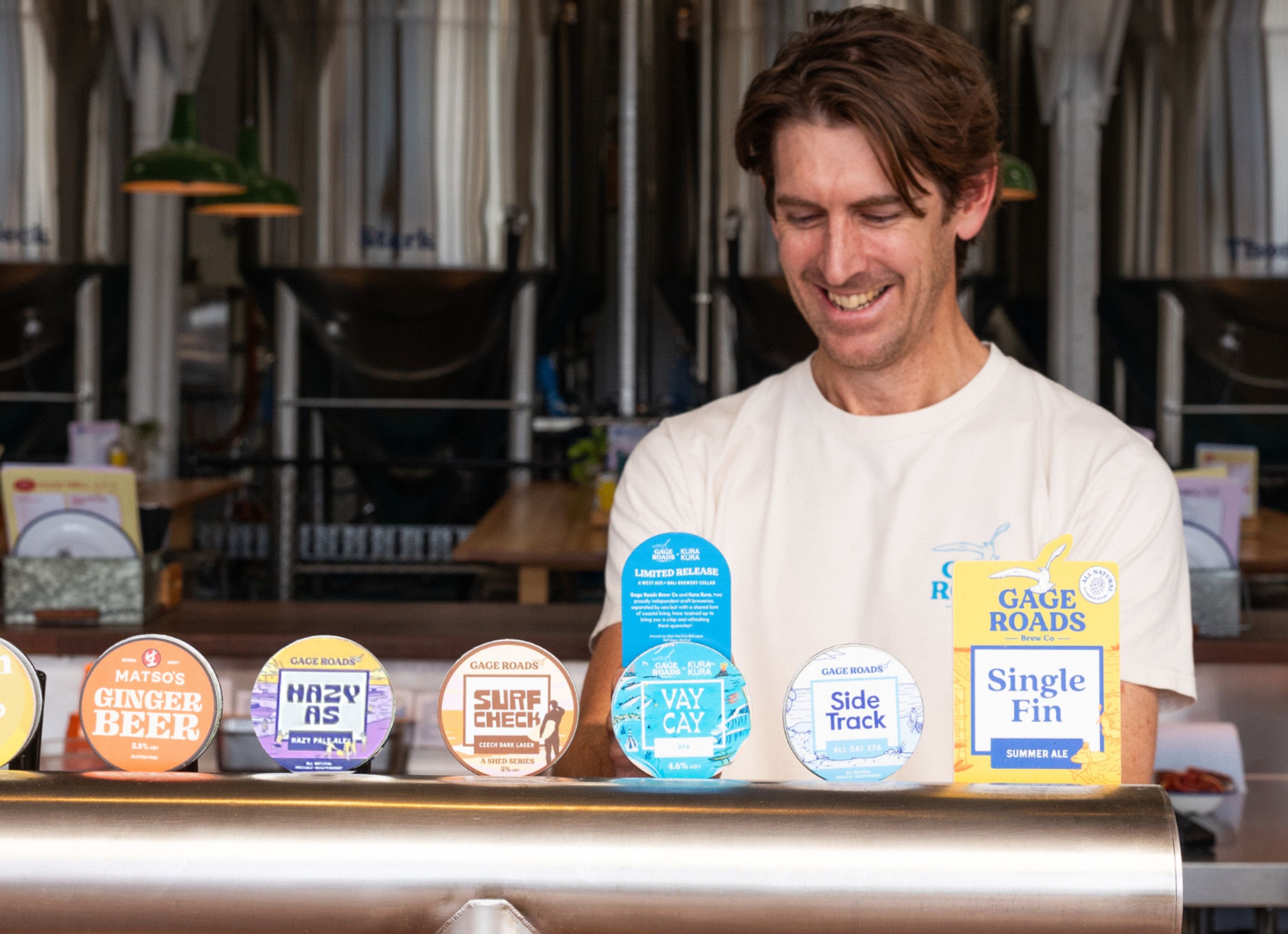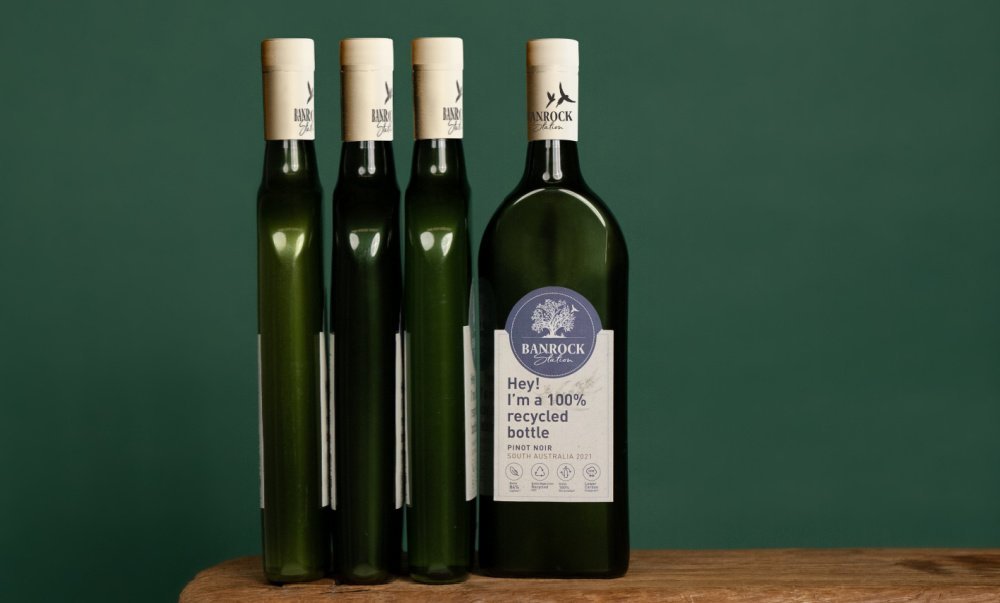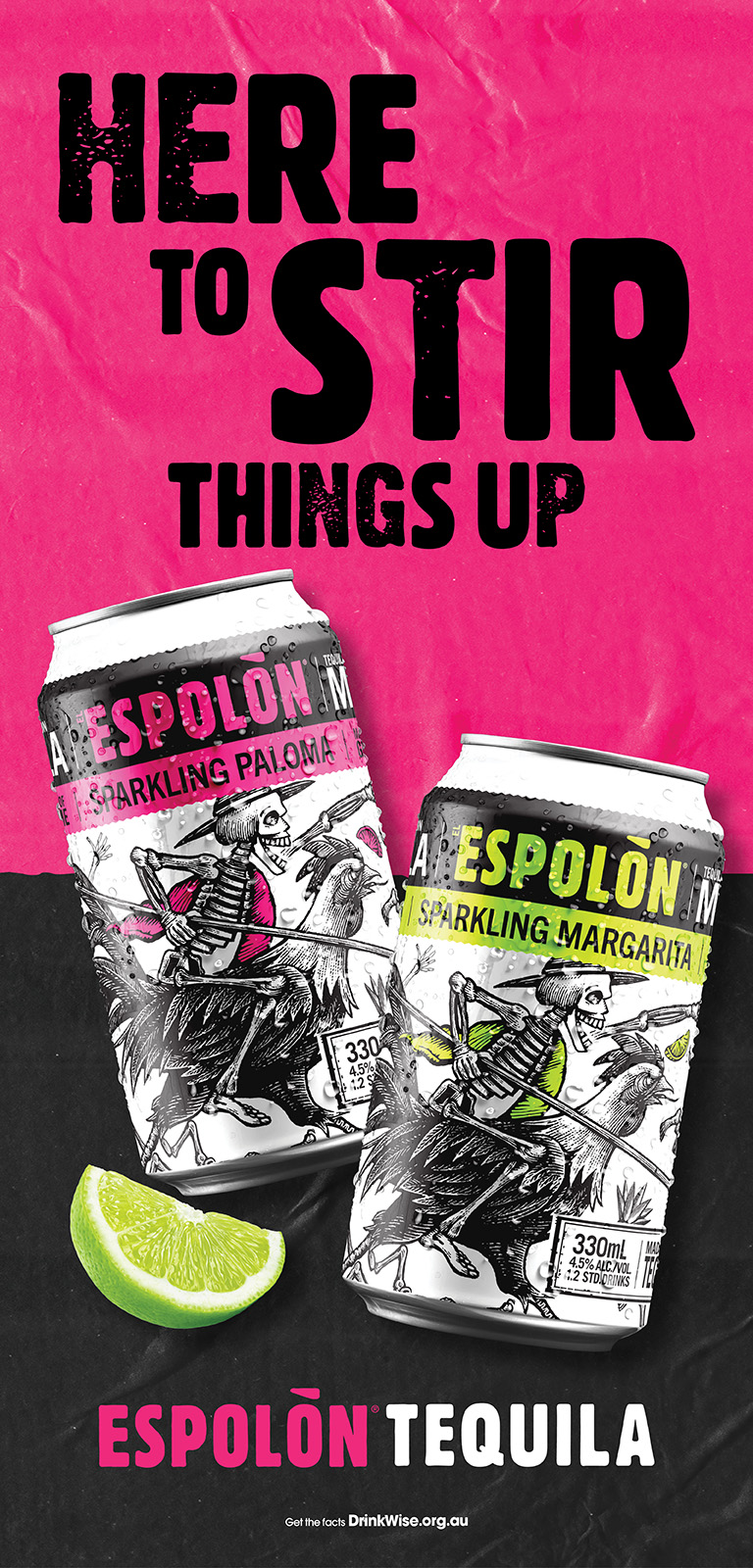With the first post-tariff shipments of Australian wine already well on their way to mainland China, leading industry spokespeople have started voicing warnings that the Chinese market is unlikely to rebound to its 2020 state.
This is down to the fact that, even though the removal of tariffs is significant news for the industry, it is unlikely to present an answer to Australia's current red wine grape oversupply crisis, which can be dated back to as early as 2004.
“So the tariffs came in when Australia was selling (depending on which numbers you read) something like between $1.4 and $1.5 billion of wine to China per annum, and our next biggest export market at the time would have been the US at about $3.33 million, so [it was] nearly four times the size of our next biggest export market,” said Jeremy Oliver, one of Australia’s leading wine critics.
In 2008, Oliver became the first western wine critic to create and release a wine book in Mandarin specifically for the Chinese market. Since then, he has gone on to publish five more books in China along with gathering a notable Chinese wine infotainment following.
“My guesstimate based on a whole series of rational assumptions: we might be able to get that market back to about $250/$300 million or thereabouts; nothing like the $1.4/$1.5 billion,” he said.
“The two main reasons for that are one: that more than half what we were selling when we were selling that huge amount was sold via Chinese citizens seeking permanent residency in Australia and selling wine through their own networks back into China. These were called informal exporters, but they actually accounted for well over half that trade. That's not coming back anytime soon…
“Secondly, the China market: China itself is going through some very, very challenging economic times and that has had a massive effect on consumption. So wine buying, wine purchasing by Chinese citizens has massively reduced in the last three/three and a half years. The economy, cultural change, younger people drinking less alcohol, the acceptance of non-alcoholic beverages, the swing back to drinking traditional Chinese forms of alcohol: all these are affecting wine consumption in China.
“And then you have the fact that even now you can still find Australian wine on most Chinese wine lists; because we did sell a lot, and it was filling up a lot of big warehouses. The positions on most of the restaurant lists and the retail stores have been taken by other countries… and it's going to take a tremendous amount of work for us to reclaim that space.”
According to Trade Monitor data, all four of China’s current top wine import countries have been declining over recent years. In the 12 months up to December 2023, French wine imports fell by 29%, Chilean wine imports by 18%, Italian wine imports by 31% and Spanish wine imports by 48%. Despite the fact that no other country’s wine imports have replaced the volume of wine previously supplied by Australia’s wine industry which in 2020 led by both volume and value, Jeremy Oliver believes that it will take a significant amount of convincing to reestablish Chinese confidence in Australian wine.
“We've got to give them quality value reasons to replace what they've currently got on their lists, so that won't be easy either,” he said.
“A lot of people have been given this false idea that everything will be back to normal, and that worries me because it's an expectation that (and I really hope I’m wrong) I fear won't even be close.”
Jeremy Oliver, whose career spans everything from publishing 30 books to being listed as one of the World’s Top 20 Wine Critics in the 2018 BWW competition, recently launched his own online retail platform that seeks to reinvent the online wine buying experience. A full explanation about Oliver’s Wines can be found in the following Drinks Trade interview published last month.
More information about how tariffs have changed China's wine industry can be found here.
Share the content










